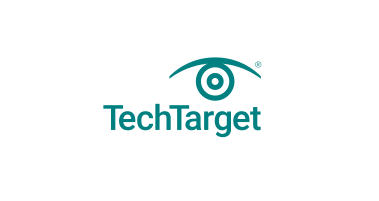Risk analysis is a crucial process for organizations to identify and assess potential risks that could impact their business initiatives or projects. By understanding and mitigating these risks, organizations can increase their adaptability and long-term success. Risk analysis involves evaluating the likelihood and potential impact of adverse events caused by natural processes or human activities. This analysis helps organizations anticipate and reduce the harmful results of these events, evaluate the risks and benefits of projects, plan for equipment failure or loss, prepare for changes in the enterprise environment, and allocate resources efficiently.
There are various types of risk analysis that organizations can employ, depending on their needs. These include risk-benefit analysis, which weighs the potential benefits and risks of a decision or course of action; business impact analysis, which evaluates the effects of disruptions to crucial business processes; needs assessment analysis, which determines areas of improvement and resource allocation; and root cause analysis, which examines the underlying reasons behind specific problems or issues.
The benefits of risk analysis for organizations are significant. It allows organizations to minimize losses by creating preemptive risk plans, strengthen their security measures by identifying potential gaps, mitigate risks through the implementation of security controls, optimize resource allocation by prioritizing risks, increase awareness among stakeholders, decision-makers, and employees, and manage costs by understanding the financial impact of potential risks.
While risk analysis provides numerous benefits, it also comes with its challenges. The results of risk analysis are uncertain due to its probabilistic nature, and it may overlook unforeseen events. Risk analysis can be complex, considering the various factors involved in detecting and evaluating risks. It can also be time-consuming, requiring extensive data collection and analysis. Additionally, organizations that overemphasize analysis may neglect taking action to address the identified risks and potentially divert resources from more profitable endeavors.
The risk analysis process typically involves several steps. These include identifying risks, performing a risk assessment by gathering input from management and department heads, analyzing the risks in terms of their likelihood and consequences, developing a risk management plan to mitigate, transfer, accept, or avoid the risks, implementing the risk management plan by resolving or mitigating high-risk elements, and continuously monitoring and managing the risks.
There are two main approaches to risk analysis: qualitative and quantitative. Qualitative risk analysis involves assessing the likelihood and impact of risks based on subjective qualities and predefined ranking scales. It categorizes risks into low, medium, or high impact and likelihood levels. On the other hand, quantitative risk analysis uses numerical models to assign specific financial values to adverse events, representing their potential cost to the organization and the likelihood of their occurrence.
Qualitative risk analysis provides subjective results based on participants’ perceptions, helping organizations prioritize risks and determine which ones require active management. Quantitative risk analysis, on the other hand, examines the overall risk of a project and assigns financial values to risks, providing a more objective assessment.
In conclusion, risk analysis plays a crucial role in helping organizations identify and mitigate potential risks. By understanding the likelihood and impact of adverse events, organizations can make informed decisions, develop risk management plans, optimize resource allocation, and strengthen their security measures. While risk analysis has its challenges, its benefits far outweigh them, making it an essential practice for organizations seeking long-term success.


